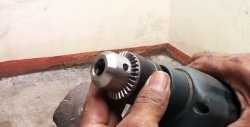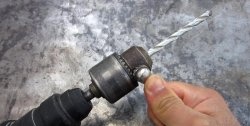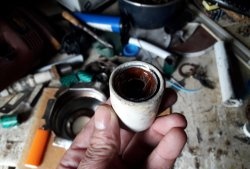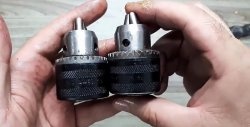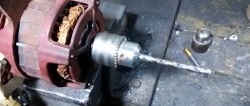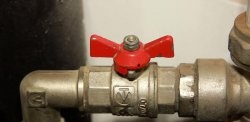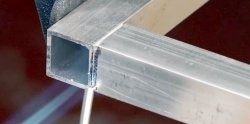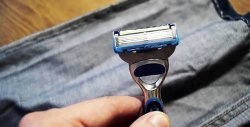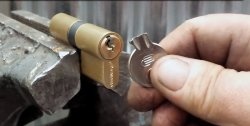How to eliminate chuck runout in a screwdriver
Sometimes there is a problem with the chuck beating in a screwdriver or drill. The tool was given as a gift or it was purchased a long time ago, the defect was not noticed in time, there is no receipt and it is impossible to make a claim. But working with such a screwdriver is very difficult or impossible.
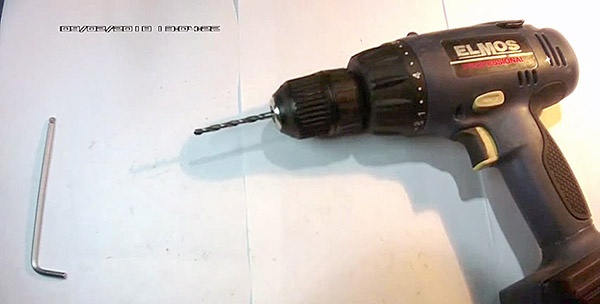
I accidentally found a solution to this problem. I didn’t check my old screwdriver right away, but then I discovered the chuck was loose. It was possible to drill with such a tool only at very low speeds. I ordered a new one with power supply, which turned out to have exactly the same defect. There are a lot of videos on this problem on the Internet, but I didn’t find what I needed. I decided to figure it out myself, remove the cartridge and replace it with a domestic one - maybe it would fit.
To remove the cartridge, you need to unscrew the bolt with the left-hand thread. Unscrew it clockwise with a key.
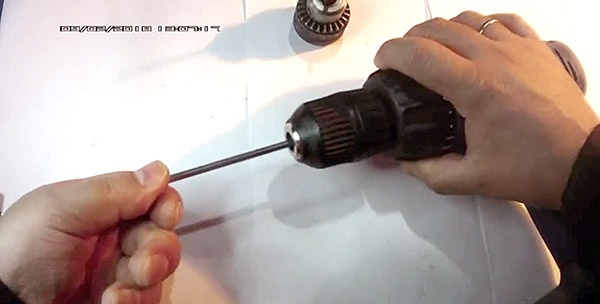
The bolt had to be unscrewed with force due to the applied thread locker. There were even more problems with the cartridge.
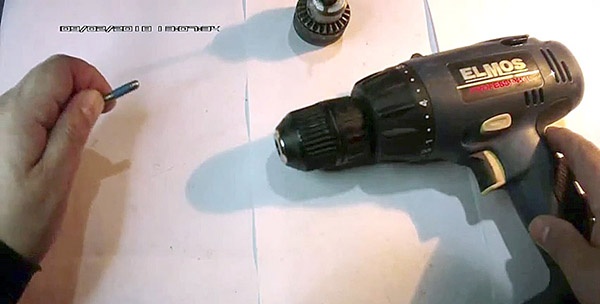
I had to clamp the screwdriver in a vice, insert the key at 16 and using a stop at high speeds, only on the third attempt was it possible to remove the cartridge, which was very tightly tightened.
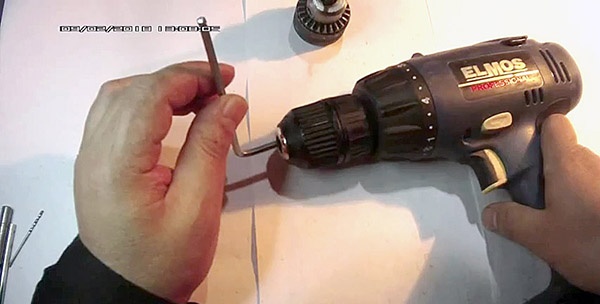
The domestic cartridge did not fit the thread.All that was left was to buy a new one. But first I decided to try again. I reinstalled the old cartridge without tightening it too much. I tightened the bolt and tried to install the drill. It turned out that the backlash was gone.
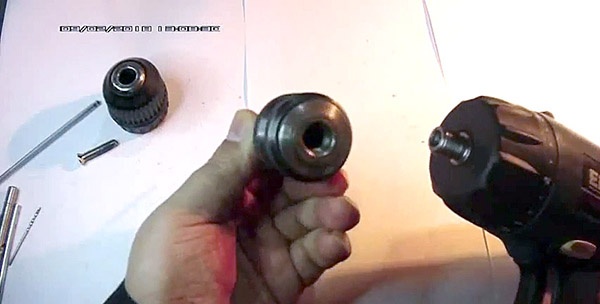
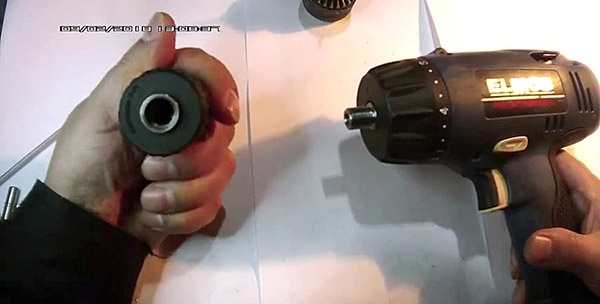
Then I began to figure out why the backlash disappeared after removing and replacing the cartridge. It turned out that there is play until the cartridge is clamped. The defect may remain or disappear depending on how the chuck is pressed against the surface of the screwdriver. Metal surfaces at the installation site are machined and must be installed level. Backlash appears when tightened very tightly. It turns out that part of the surface is pressed harder, and part - weaker. A slight misalignment occurs along the entire length of the chuck and, as a result, drill beating.
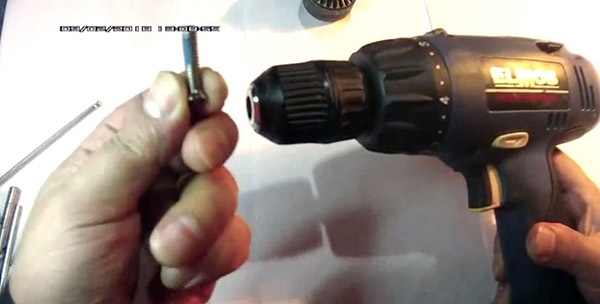
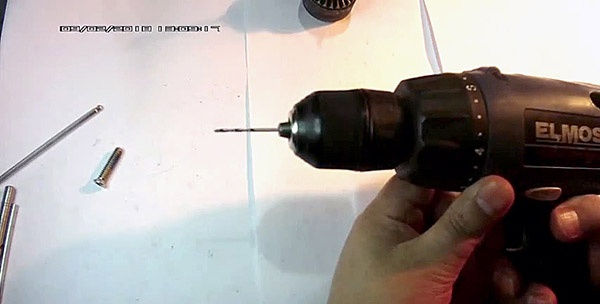
Using the same method, I eliminated chuck runout in a new screwdriver. There the bolt is tightened with a Phillips screwdriver. I removed the cartridge and put it in place without clamping it too hard. The backlash disappeared in this case too.
I remembered that a neighbor who bought a drill at the OBI store complained about a crooked cartridge. We unscrewed the chuck from the drill and put it in place, carefully securing it. The defect has disappeared. So this method can be useful for those who have runout of the chuck in a screwdriver or drill.

I accidentally found a solution to this problem. I didn’t check my old screwdriver right away, but then I discovered the chuck was loose. It was possible to drill with such a tool only at very low speeds. I ordered a new one with power supply, which turned out to have exactly the same defect. There are a lot of videos on this problem on the Internet, but I didn’t find what I needed. I decided to figure it out myself, remove the cartridge and replace it with a domestic one - maybe it would fit.
Eliminating screwdriver runout
To remove the cartridge, you need to unscrew the bolt with the left-hand thread. Unscrew it clockwise with a key.

The bolt had to be unscrewed with force due to the applied thread locker. There were even more problems with the cartridge.

I had to clamp the screwdriver in a vice, insert the key at 16 and using a stop at high speeds, only on the third attempt was it possible to remove the cartridge, which was very tightly tightened.

The domestic cartridge did not fit the thread.All that was left was to buy a new one. But first I decided to try again. I reinstalled the old cartridge without tightening it too much. I tightened the bolt and tried to install the drill. It turned out that the backlash was gone.


Then I began to figure out why the backlash disappeared after removing and replacing the cartridge. It turned out that there is play until the cartridge is clamped. The defect may remain or disappear depending on how the chuck is pressed against the surface of the screwdriver. Metal surfaces at the installation site are machined and must be installed level. Backlash appears when tightened very tightly. It turns out that part of the surface is pressed harder, and part - weaker. A slight misalignment occurs along the entire length of the chuck and, as a result, drill beating.


Using the same method, I eliminated chuck runout in a new screwdriver. There the bolt is tightened with a Phillips screwdriver. I removed the cartridge and put it in place without clamping it too hard. The backlash disappeared in this case too.
I remembered that a neighbor who bought a drill at the OBI store complained about a crooked cartridge. We unscrewed the chuck from the drill and put it in place, carefully securing it. The defect has disappeared. So this method can be useful for those who have runout of the chuck in a screwdriver or drill.
Watch the video
Similar master classes
Particularly interesting
Comments (6)

